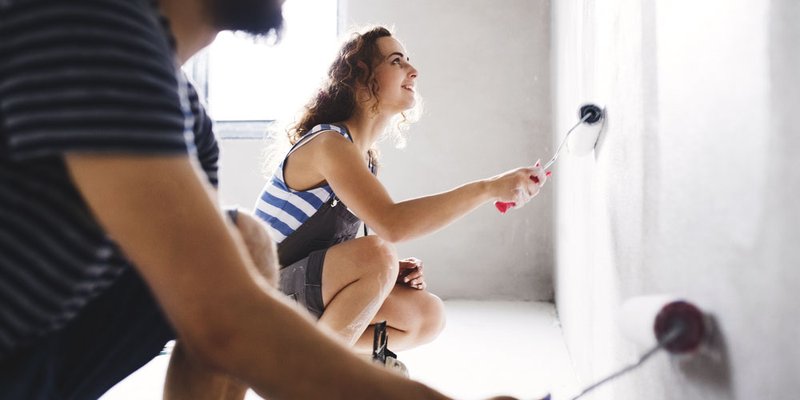
If you are not redirected within 30 seconds, please click here to continue.
Samedi: 10h – 16h HAE

If you are not redirected within 30 seconds, please click here to continue.
If you are not redirected within 30 seconds, please click here to continue.
Buying a home is one of the most exciting yet intimidating things to do. The idea of owning your own place is thrilling, yet the prospect of having a mortgage can terrify even those who are already financially savvy. Regardless of your price range, there are some definite do’s and don’ts when buying a home.
It’s easy to get caught up in pictures of home décor on Pinterest, but there are some practicalities you need to consider before diving into a house hunt. Buying a home depends heavily on affordability and it should never be taken lightly.
Don’t get carried away when buying a house
Before you begin looking for a home, it’s well-advised to get pre-approved for a mortgage so you have a rough idea of what you can afford. How much you’re approved for depends on a variety of factors including your income, credit history, and your down payment.
Your savings, lifestyle spending, and all the additional costs of maintaining a home need to be factored into your monthly budget says Josh Miszk, VP of Investments at Invisor. “A good rule of thumb is to save 10-15% of your income. Ideally, you do not want to be house poor living in a beautiful house with furniture you dislike, struggling month to month to stay on budget.”
You can expect the lender to cover your total debt service ratio of up to 40%. This ratio is calculated by comparing your monthly housing expenses and other debt payments (car loans or leases, credit card payments, lines of credit payments, etc.) to your gross monthly income. A professional will calculate this for you when approving you for a mortgage.
This could be an astronomic amount, and should be considered when deciding how much you really want to spend. But keep in mind that when lenders are looking at your debt service ratio, they’re only calculating the cost to carry your mortgage. They’re not exactly concerned about how you plan on affording anything else.
Determining your max budget
We know that we shouldn’t borrow the full amount lenders are offering us, but how do we determine what our maximum budget should be?
The best way to do that is to total your monthly savings and other expenses. Don’t forget about other expenses that come with homeownership including utilities, taxes, insurance, condo fees, and maintenance. You may also want to factor in an emergency fund, additional transit costs, and the ability to afford children in the future.
Then subtract that from your net monthly income. This will give you an idea of the maximum amount you can afford on a monthly basis. Take that number and use a mortgage calculator to see what you can afford. Keep in mind that we’re currently in a low-interest environment so you may want to add a percent or two to give yourself a cushion.
Don’t forget about closing costs
When making a bid on a home, it’s just as important to remember closing costs: lawyer fees, land transfer tax bank charges, moving costs, inspection costs, and any renovations and furniture that you may require.
Miszk recommends putting aside an additional three to 5%t of the value of the home for closing costs. “As a first-time homeowner, there is a small government tax credit and, depending on where you live, you may also be eligible for a refund on your land transfer tax bill.” There are a lot of hidden costs and factors when buying a home. Take the time to seriously consider all your numbers so you don’t end up making a costly mistake.
Get money-saving tips in your inbox.
Stay on top of personal finance tips from our money experts!









